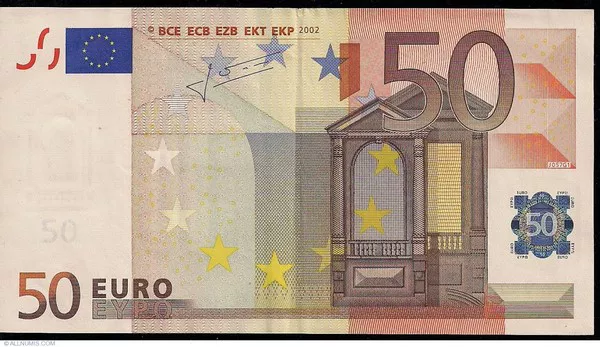The euro, the common currency used by 19 member countries of the Eurozone, plays a crucial role in the global financial landscape. As with any currency, the euro’s value is subject to fluctuations influenced by a myriad of economic, political, and global factors. In this article, we will examine the current state of the euro and explore the factors that could potentially impact its future trajectory. While it is challenging to make definitive predictions, we will analyze key considerations to shed light on whether a further drop in the euro’s value is expected.
Economic Factors:
- Economic Performance: The economic performance of Eurozone countries is a significant determinant of the euro’s strength. Factors such as GDP growth, inflation rates, employment levels, and trade balances can impact market sentiment and influence the value of the euro. Analysis of economic indicators and trends can provide insights into the potential direction of the euro.
- Monetary Policy: The policies implemented by the European Central Bank (ECB) can have a substantial impact on the euro. Decisions related to interest rates, quantitative easing, and other monetary tools can affect investor confidence and the relative attractiveness of the euro in comparison to other currencies.
- Government Debt and Fiscal Stability: The fiscal health of individual Eurozone countries can influence the value of the euro. Concerns over high government debt levels, budget deficits, or lack of fiscal discipline within certain member countries can create uncertainty and potentially put downward pressure on the euro.
Political Developments:
- Political Stability in the Eurozone: Political stability is a critical factor in maintaining investor confidence in the euro. Uncertainties arising from political events such as elections, government transitions, or geopolitical tensions can impact the currency’s value. Observing political developments within the Eurozone can provide insights into potential risks and their impact on the euro.
- Brexit and EU Relations: The United Kingdom’s departure from the European Union (Brexit) has had a significant impact on the euro’s value in recent years. Ongoing negotiations and developments in EU-UK relations can continue to influence the euro’s stability and may lead to short-term fluctuations.
Global Factors:
- U.S. Dollar Strength: The strength of the U.S. dollar has an inverse relationship with the euro. A stronger U.S. dollar can put downward pressure on the euro’s value. Factors such as U.S. economic performance, interest rates, and geopolitical developments can impact the relative strength of the U.S. dollar and potentially influence the euro’s direction.
- Trade and Economic Relationships: Global trade dynamics and economic relationships with major trading partners, such as China and the United States, can impact the euro’s value. Trade disputes, tariffs, or changes in economic policies can create uncertainties that may affect the euro’s stability.
Market Sentiment and Investor Behavior:
- Speculation and Investor Sentiment: The currency markets are influenced by speculators and investors who anticipate future currency movements. Market sentiment, influenced by economic indicators, geopolitical developments, and risk appetite, can impact the euro’s value. Fluctuations in market sentiment can lead to short-term volatility in the currency’s exchange rate.
- Central Bank Interventions: Central banks, including the ECB, can intervene in the foreign exchange markets to influence the value of their respective currencies. By implementing measures such as foreign exchange interventions or verbal interventions, central banks can attempt to stabilize their currencies’ value or counteract excessive fluctuations.
Conclusion:
Predicting the future direction of the euro is a complex task, influenced by numerous economic, political, and global factors. While it is challenging to make definitive forecasts, monitoring economic indicators, government policies, political developments, global factors, and market sentiment can provide valuable insights into the potential direction of the euro’s value. It is important for businesses, investors, and individuals to stay informed about these factors to make informed decisions regarding currency exchange, investments, and financial planning.
Related Topics:
- Unveiling the Origins of the 50 Euro Cent Coin
- Understanding the Value: Converting 6000 Euros to US Dollars
- The Significance of the Euro: A Complete Overview



























